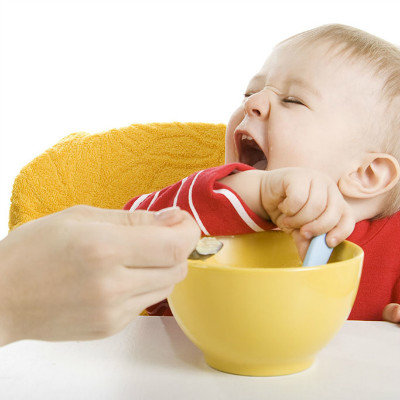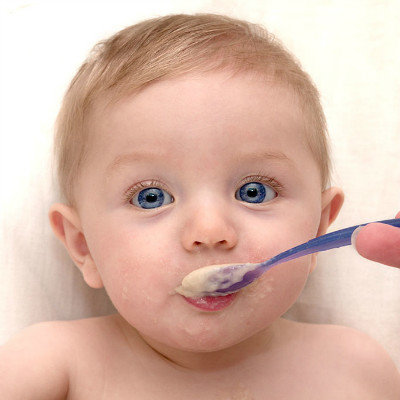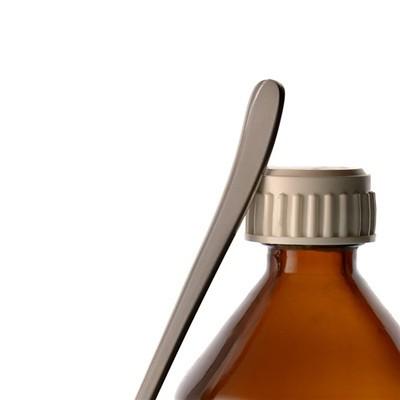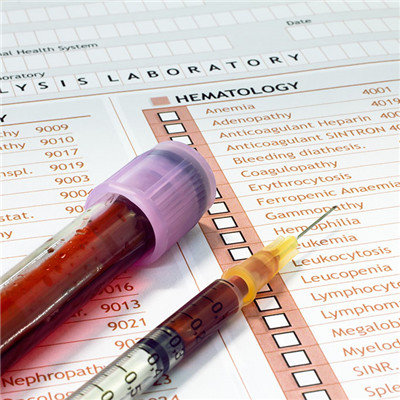A child has symptoms of acute nephritis
summary
Acute nephritis is a kind of glomerular immune inflammation after infection, which often occurs after cold, tonsillitis, acute pharyngitis or skin sore infection. Acute glomerulonephritis is a common kind of nephritis disease, also known as acute glomerulonephritis, about this disease to timely treatment, if not timely treatment, may lead to serious complications. Does the child get the symptom of acute nephritis? Next, I'd like to share my views with you.
A child has symptoms of acute nephritis
The symptoms of acute nephritis in children are often acute tonsillitis, skin pustulosis and other infections 1-4 weeks before onset. There are low fever, dizziness, nausea, vomiting, loss of appetite and other symptoms at the beginning. These symptoms are no different from the general fever and infection, which are not easy to attract people's attention and are often ignored.

Edema and oliguria are the characteristics of this disease. Generally, edema starts from the eyelids of children and gradually extends to the whole body. Finger pressure does not sag, edema when urine volume decreased significantly, or even no urine, about 1-2 weeks urine volume gradually increased, swelling also gradually subsided.

Early onset of acute glomerulonephritis in children is characterized by significant reduction in urine volume, aggravation of edema, shortness of breath, rapid heart rate, dysphoria, rapid deterioration of the condition, difficulty in breathing, no supine position, pale complexion, cold limbs, frequent cough, and pink phlegm like sputum, which indicates that children have heart failure.

matters needing attention
Children with acute glomerulonephritis should follow the principle of low protein and low phosphorus diet: low protein and low phosphorus diet can reduce glomerular high pressure, high perfusion and high filtration, delay glomerulosclerosis and renal function decline. The intake of protein should be appropriate, more than 60% of which should be high-quality protein, such as eggs, dairy products, lean meat, fish and so on. In addition, limiting protein intake can also achieve the goal of low phosphorus.














